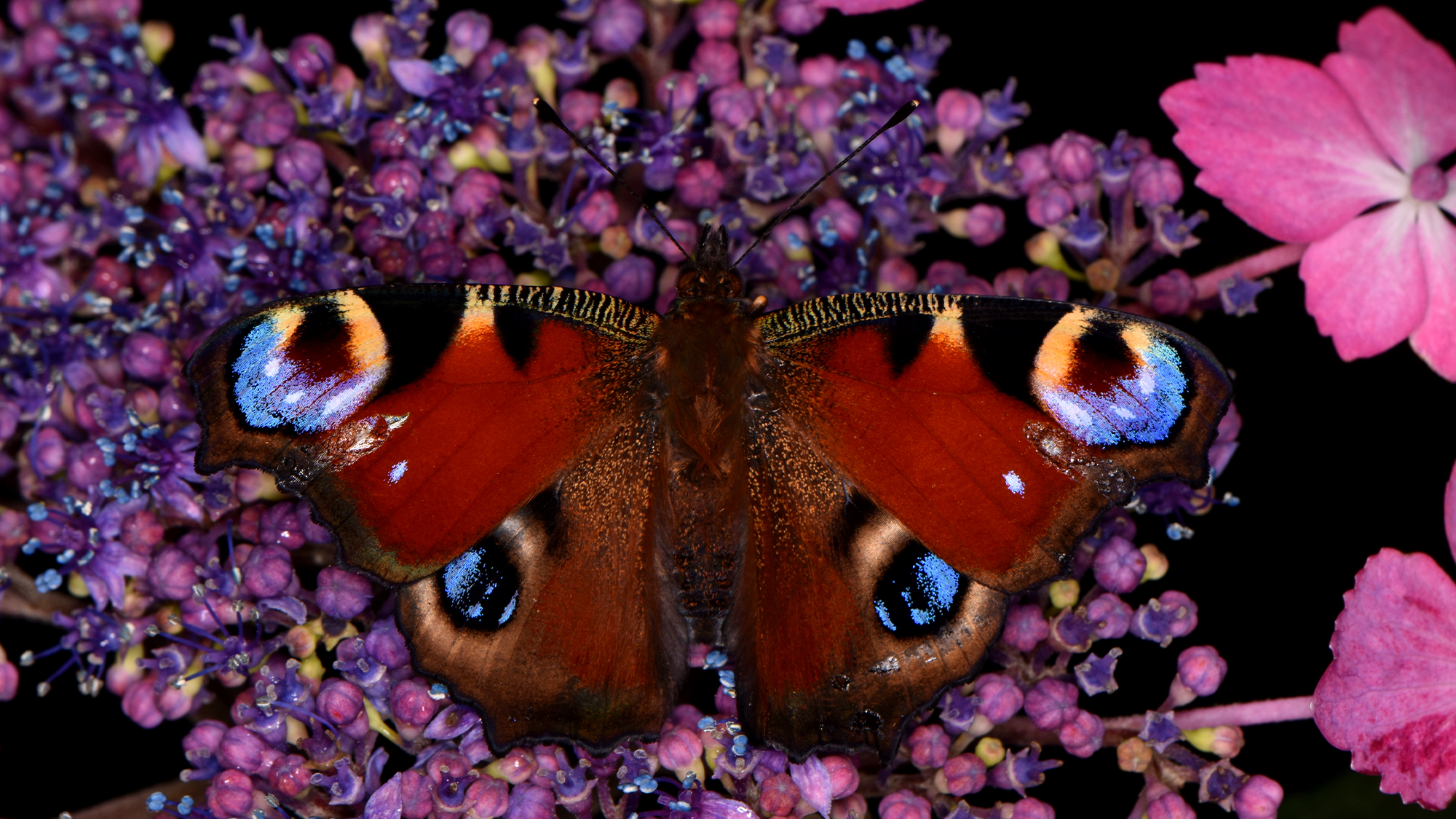While bees get most of the pollination hype, butterflies and moths are some of our planet’s power pollinators. While in flight, they collect so much static electricity that pollen grains from flowers are pulled up without the insects even touching the plants. The pollen can travel in air gaps across several millimeters or centimeters this way and using static electricity this way also potentially increases their efficiency and effectiveness as pollinators. The findings are described in a study published July 23 in the Journal of the Royal Society Interface.
The team from the University of Bristol in the United Kingdom also observed that the amount of static electricity carried by moths and butterflies varies depending on the species. These fluctuations correlate with differences in their ecology, including whether or not they are from a tropical habitat, visit flowers, or if they are day or night fliers. According to the team, this is the first evidence to suggest that the amount of static electricity an animal accumulates is an adaptive trait and that evolution can act upon it via natural selection.
[Related: A swarm of honeybees can have the same electrical charge as a storm cloud.]
“We already knew that many species of animal[s] accumulate static electricity as they fly, most likely through friction with the air,” study co-author and University of Bristol biologist Sam England said in a statement. “There had also been suggestions that this static electricity might improve the ability of flower-visiting animals, like bees and hummingbirds, to pollinate, by attracting pollen using electrostatic attraction.”
What wasn’t known was whether this static trick applied to a wider array of equally important pollinators, namely moths and butterflies. The study set out to test this and see if the insects also accumulate charge and whether the charge is enough to attract the pollen up from flowers and onto their bodies.
In the study, the team looked at 269 butterflies and moths across 11 different species. The insects were native to five different continents and lived in various ecological niches. This helped the researchers compare between various environments to see if and what ecological factors correlated with the amount of charge present in the species, to see if static charging is a trait that evolution can act upon. They found that the influence of static electricity in pollination may actually be very powerful and widespread in the animal kingdom.
“By establishing electrostatic charging as a trait upon which evolution can act, it opens up a great deal of questions about how and why natural selection might lead to animals benefiting or suffering from the amount of static electricity that they accumulate,” said England.
In the future, this type of research could pave the way for technologists to artificially increase electrostatic charges as a way to improve pollination rates in both agricultural and natural settings.
“We’ve discovered that butterflies and moths accumulate so much static electricity when flying, that pollen is literally pulled through the air towards them as they approach a flower,” said England. “This means that they don’t even need to touch flowers in order to pollinate them, making them very good at their jobs as pollinators, and highlighting just how important they might be to the functioning of our flowery ecosystems.”
[Related: Ant gets bee-slapped, and other strange bug moments.]
In future studies, the team would like to study more animal species to see how much static electricity they accumulate compared to moths and butterflies, and see if there are any correlations with their lifestyle and ecology.
“Then we can really begin to understand how evolution and static electricity interact!” said England.












/https://tf-cmsv2-smithsonianmag-media.s3.amazonaws.com/filer_public/34/31/3431771d-41e2-4f97-aed2-c5f1df5295da/gettyimages-1441066266_web.jpg)






Discussion about this post